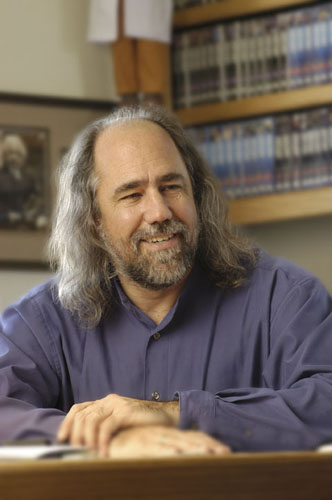 |
WICSA Keynote PresentationSpeaker:Grady Booch Title:Quantitative Observation and Theoretical Construction in Software Architecture Abstract:Classical science advances via the dance between quantitative observation and theoretical construction. It has been ten years since the first International Software Architecture Workshop, and since that time there has been a steady increase in the number of people who call themselves "software architect" and a similar growth in the value that organizations place in software architecture. It is a sign of maturity for any given engineering discipline when we can name, study, and apply the patterns relevant to that domain but, unfortunately, no such reference yet exists for software-intensive systems. We've architected and deployed many systems, but have studied their patterns of success and failure only a little; we've explored theoretical frameworks for describing software architectures and processes to build them, but we've done only a modest job in validating them in the real world. In this presentation, I'll summarize the things we know and the things we know (and speculate on the things we don't know we know) about software architecture. I'll then examine an effort to create a handbook of software architecture to help fill this gap between observation and construction. 
Bio:Grady is recognized internationally for his innovative work on software architecture, software engineering, and modeling. He has been with Rational Software, now IBM Rational, as its Chief Scientist since Rational's founding in 1981. Grady is one of the original developers of the Unified Modeling Language (UML) and was also was one of the original developers of several of Rational's products. Grady has served as architect and architectural mentor for numerous complex software-intensive projects around the world. Grady is the author of six best-selling books, including the UML Users Guide and the seminal Object-Oriented Analysis with Applications . Grady has published several hundred technical articles on software engineering, including papers published in the early '80s that originated the term and practice of object-oriented design. He has lectured and consulted worldwide. Grady is a member of the Association for Computing Machinery (ACM), the Institute of Electrical and Electronics Engineers (IEEE), the American Association for the Advancement of Science (AAAS), and Computer Professionals for Social Responsibility (CPSR). He is an IBM Fellow, an ACM Fellow, a World Technology Network Fellow, and a Software Development Forum Visionary. Grady was a founding board member of the Agile Alliance, the Hillside Group, and the Worldwide Institute of Software Architects. He also serves on the advisory board of Northface University. Grady received his bachelor of science from the United States Air Force Academy in 1977 and his master of science in electrical engineering from the University of California at Santa Barbara in 1979. Grady lives with his wife and cats in Colorado. His interests include reading, traveling, singing, and playing the harp. |
|
Page Last Modified: October 31, 2005, 2:36 p.m., PST |
